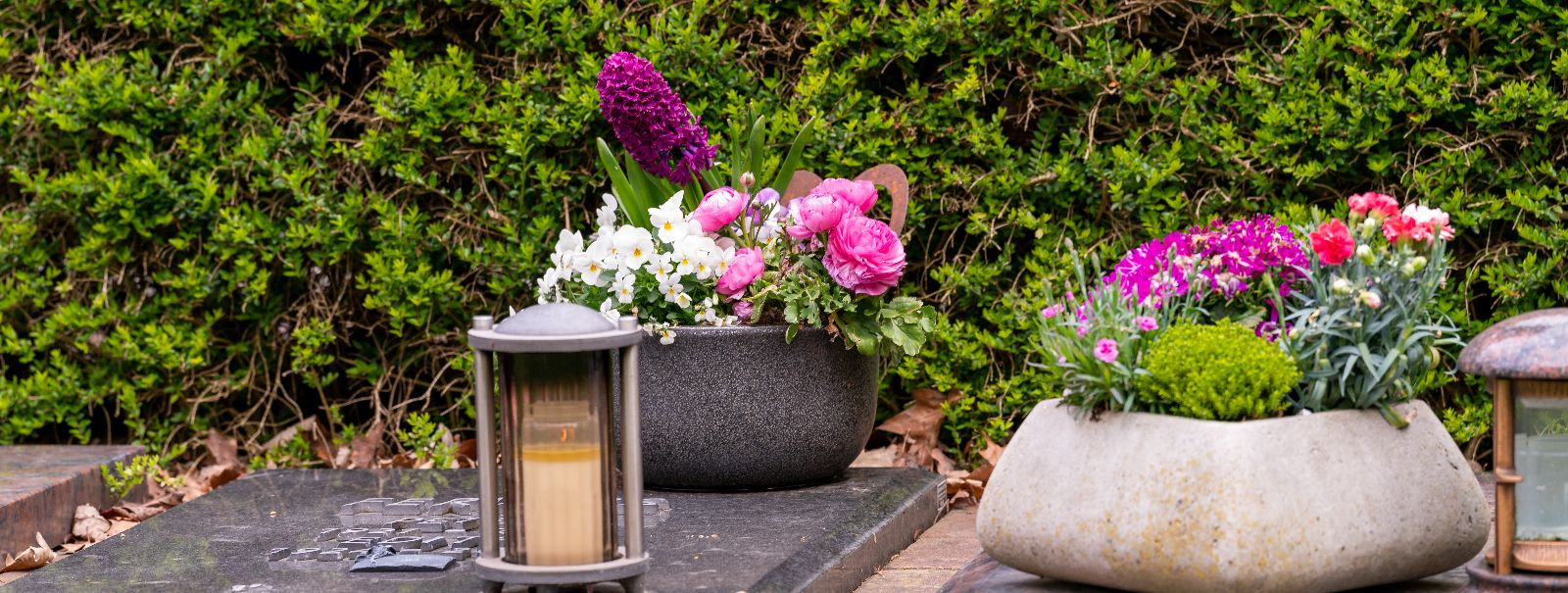The art of sympathy flowers: expressing condolences
Flowers have long been a symbol of compassion and condolence in times of sorrow. They serve as a visual expression of support and a tangible reminder of the beauty of life, even in moments of grief. The tradition of sending flowers to express sympathy dates back centuries and crosses many cultures, reflecting a universal language of mourning and remembrance.
Each flower carries its own significance, making the choice of blooms a thoughtful process. Lilies, often associated with the restoration of innocence to the soul of the departed, are a common choice. White roses symbolize reverence and humility, while chrysanthemums are traditionally used in many European countries for funerals. Carnations are valued for their lasting fragrance and beauty, with each color conveying a different message: white for pure love and innocence, and pink for remembrance.
Choosing the Right Sympathy Flowers
When selecting sympathy flowers, it's important to consider the relationship with the deceased and their family, cultural traditions, and the message you wish to convey. The arrangement should reflect respect, love, and the unique personality of the person being honored.
Traditional arrangements include standing sprays, wreaths, and baskets, which are often displayed at the service or the gravesite. Table arrangements and bouquets are suitable for sending directly to the family's home, offering a more personal touch and a gentle reminder of ongoing support.
Customizing Sympathy Flowers
Customizing sympathy flowers can add a meaningful layer to your gesture. Including favorite flowers of the deceased, or blooms from significant moments shared, can make the arrangement deeply personal. This not only honors the individual but also provides comfort to the bereaved.
While traditional flowers are always appropriate, non-traditional arrangements can also be a thoughtful way to express condolences. Succulents, for example, symbolize enduring and timeless love, while a plant like an orchid can represent eternal love.
Etiquette for Sending Sympathy Flowers
Timing is important when sending sympathy flowers. They are typically sent as soon as the news of the passing is received, or shortly before or after the funeral service. It's also acceptable to send flowers a week or so after the service to remind the bereaved that they are still in your thoughts.
Choosing the right words for a sympathy card can be challenging. Simple, heartfelt messages are often the most comforting. Phrases like 'With deepest sympathy,' 'Thinking of you in these difficult times,' or 'My heart goes out to you and your family' can convey your condolences respectfully.
Caring for Sympathy Flowers
Receiving sympathy flowers can be a source of comfort, and extending their life can prolong this period of solace. Tips include trimming the stems, changing the water regularly, and keeping the flowers away from direct sunlight and drafts.
Some may choose to preserve flowers from a sympathy arrangement as a keepsake. This can be done through pressing, drying, or using silica gel. Preserved flowers serve as a lasting tribute to the loved one lost and can be included in scrapbooks, frames, or memorial crafts.






Comments (0)